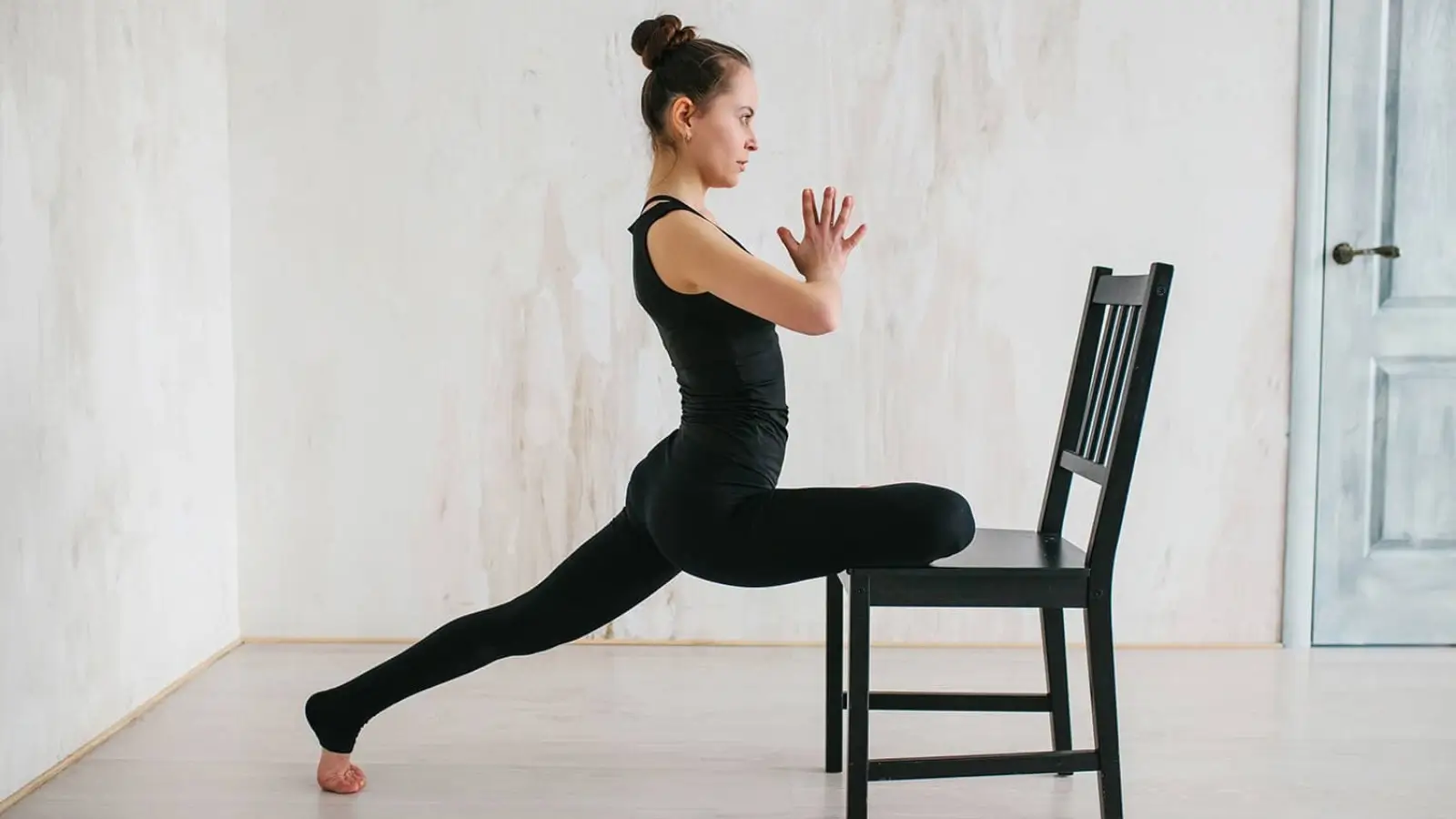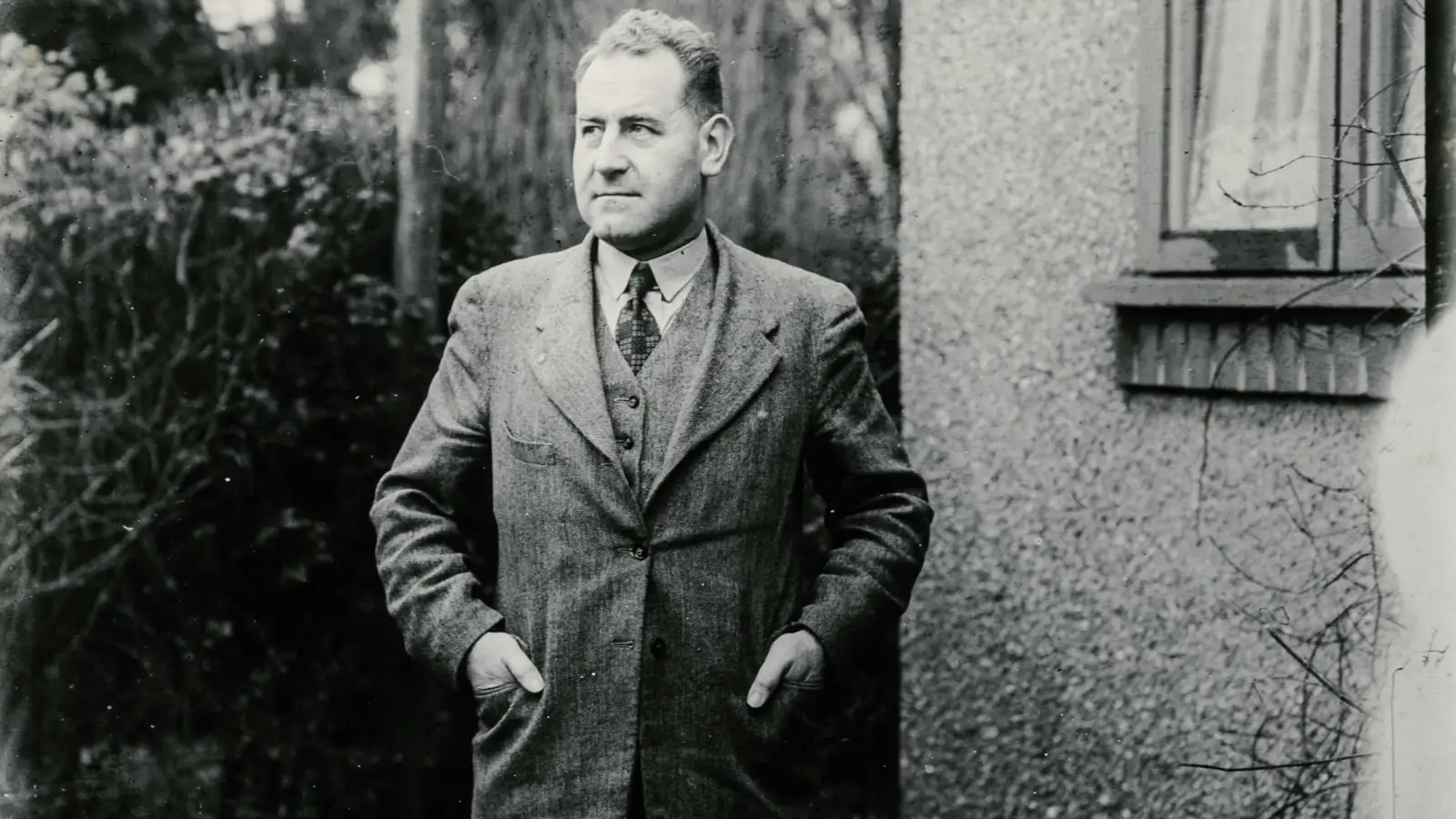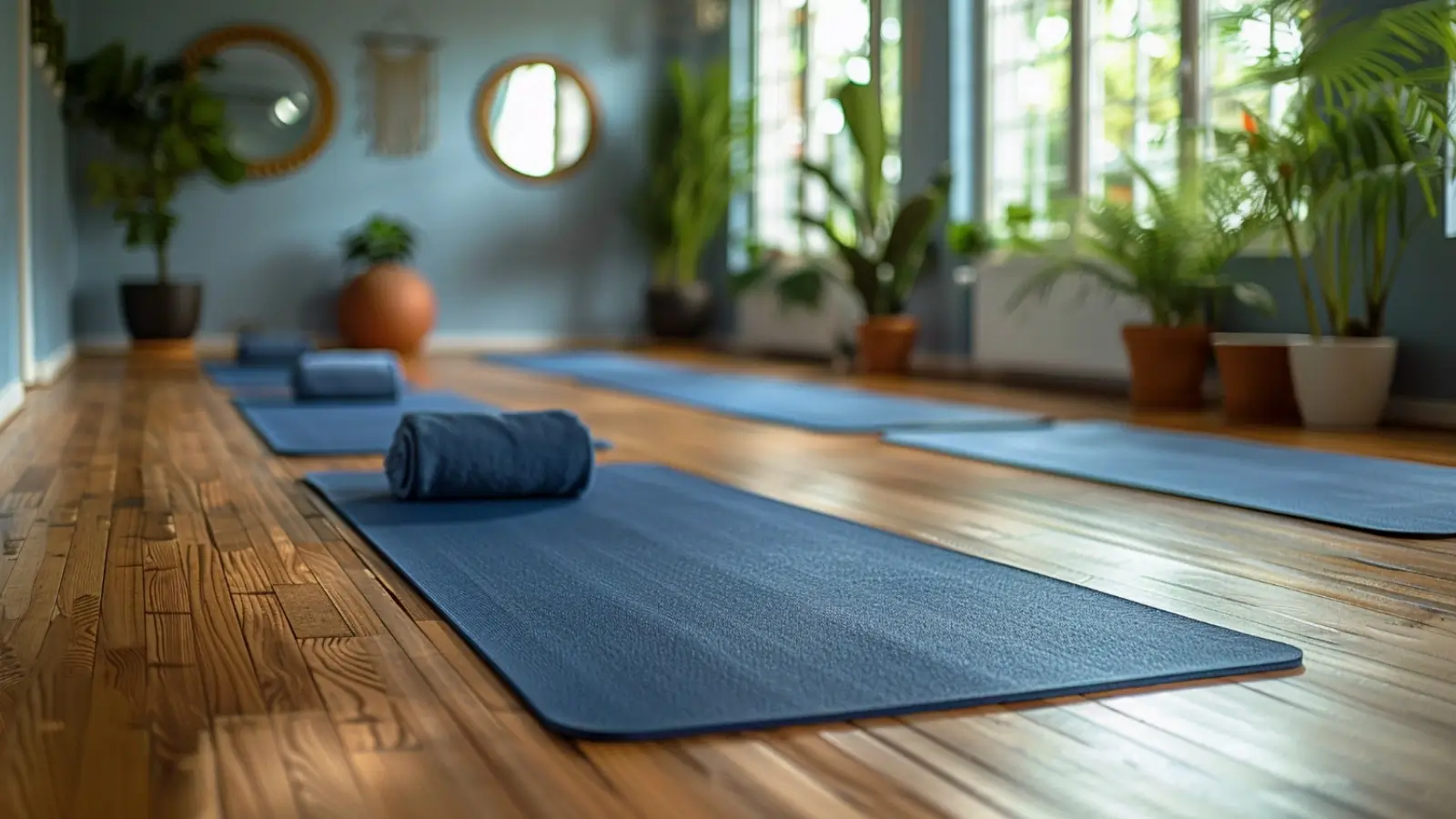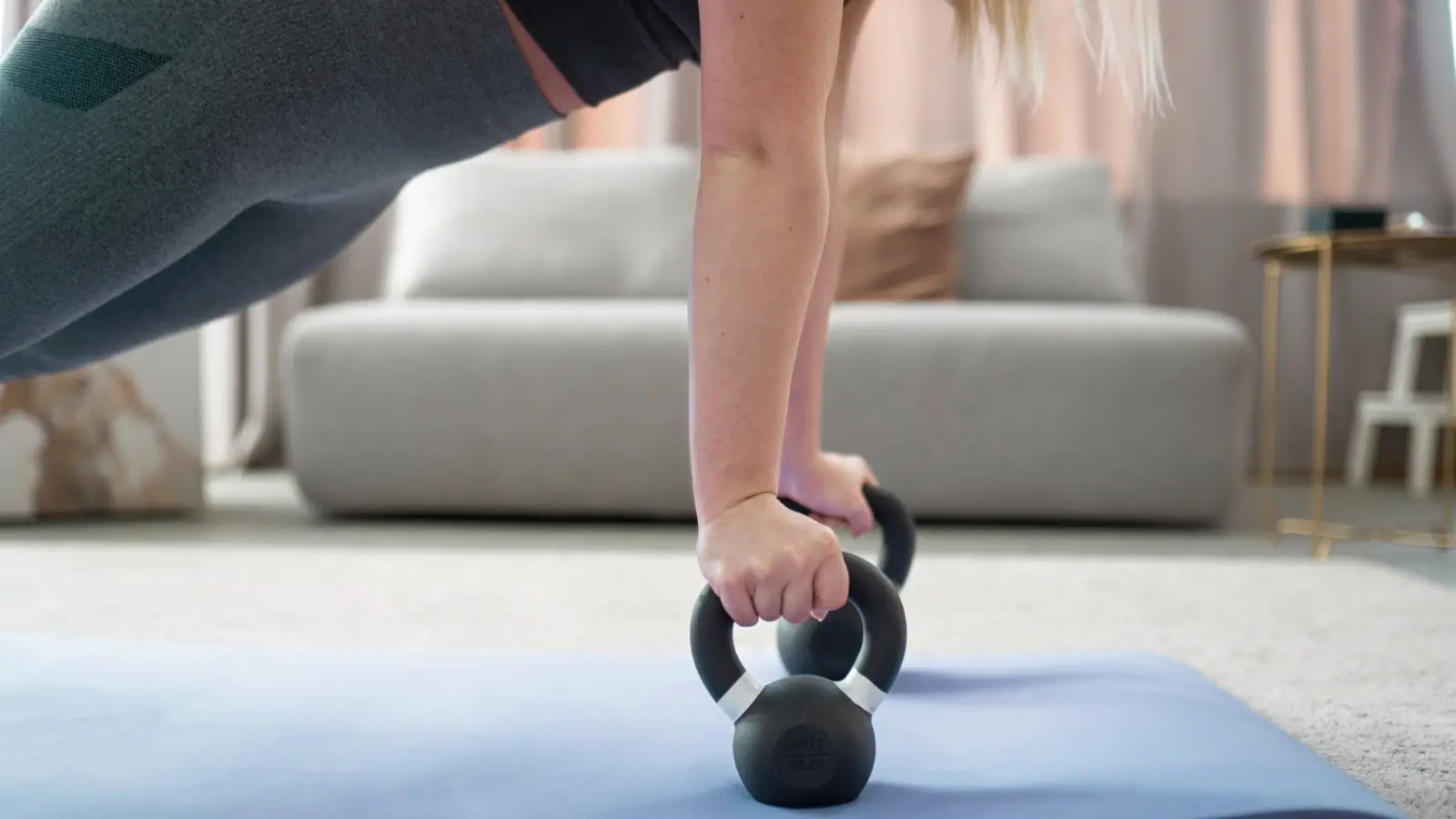Yoga is often pictured as an activity performed on a mat—full of standing postures, floor stretches, and balances. But yoga isn't defined by how impressive your poses look. It’s defined by how accessible and beneficial it is to your mind and body. That’s where chair yoga—and more specifically, the chair yoga chair—comes in.
Whether you are new to yoga, recovering from a health issue, experiencing limited mobility, or simply seeking additional support, using a chair designed specifically for yoga can be a life-changing addition to your practice.
In this blog, we’ll highlight the top advantages of practicing with a chair yoga chair, complete with real-life examples, to show how this humble prop can take your yoga journey deeper—safely, efficiently, and comfortably.
What Is a Chair Yoga Chair?
A chair yoga chair is a sturdy, backless or lightly supported folding chair, usually made of metal, that’s specifically designed for yoga practice. Unlike a standard chair, it offers open space at the back, stable footing, and often includes optional add-ons like yoga belts, blocks, or bolsters to increase variety in your practice.
Chair yoga doesn’t mean “easy yoga.” It means supported yoga—where the emphasis is placed on alignment, breath, and accessibility, all without strain.
1. Increases Accessibility for Any Age or Ability
Chair yoga chairs make yoga possible for people who might otherwise be left out of traditional mat-based practice. This includes:
- Seniors
- People recovering from surgery
- Those with limited mobility
- Even office workers with tight backs
Example:
An elderly person with knee osteoarthritis may struggle with lunges or seated floor twists. But using a chair yoga chair allows them to perform the same movements while seated—enabling motion without pain or instability.
Why It Matters:
- Enables movement for those with physical limitations
- Makes yoga possible at any age
- Creates a safe, confidence-building environment
2. Improves Posture and Spinal Alignment
A high-quality yoga chair helps establish better alignment in the spine, shoulders, and hips—key components of almost every yoga pose.
Chairs with flat, stable seats (and no armrests) create a neutral foundation that encourages good posture and body awareness. Unlike a soft couch, you can’t sink or slouch into it.
Example:
In a seated Tadasana (Mountain Pose), using the edge of the chair encourages you to sit upright with feet grounded and spine extended. Over time, this awareness translates into better posture while walking or sitting at a desk.
Why It Matters:
- Encourages healthy back alignment
- Prevents slumping and fatigue
- Strengthens core muscles and awareness
3. Builds Strength Slowly and Safely
Chair yoga doesn’t just stretch muscles—it also builds strength through conscious movement and safe support. The chair acts as a stabilizer so you can hold poses longer and engage muscles more deeply.
Example:
Practicing Chair Pose (Utkatasana) while holding the chair allows someone with balance challenges to strengthen their thighs and glutes without fear of falling. Even seated arm lifts or leg raises engage key muscle groups effectively.
Why It Matters:
- Helps maintain or regain muscle strength
- Minimizes risk of injury
- Promotes functional strength for daily movement
4. Makes Balance-Based Poses More Accessible
Balancing poses like Tree Pose or Dancer’s Pose can be intimidating—especially for beginners or people with unsteady footing. A yoga chair offers a stable base to help develop balance gradually.
Example:
Using the top of the chair for support during Tree Pose lets you focus on foot placement and hip alignment without the fear of falling. As your confidence improves, you can reduce support and eventually balance independently.
Why It Matters:
- Builds confidence with balance
- Encourages safe weight-shifting and core activation
- Reduces fall risk, especially for older adults
5. Supports Safe Flexibility Work
Many yoga poses target flexibility in the hips, hamstrings, shoulders, and spine. However, overexerting yourself can increase the risk of injury. A yoga chair provides the support needed to deepen stretches without overdoing it.
Example:
In a Seated Forward Bend, resting your legs on another chair and placing a pillow between your torso and thighs allows for a long, gentle stretch—without straining your lower back.
Why It Matters:
- Makes deeper stretches more approachable
- Encourages longer holds and better breath control
- Helps prevent overstretching and injury
6. Facilitates Restorative and Therapeutic Practices
Chair yoga is not only for active movements—it’s incredibly effective in restorative yoga, where relaxation and healing are the focus. With props like bolsters and blankets, the chair becomes part of deeply restful poses.
Example:
In a Supported Reclined Twist, placing a bolster across the seat and using a blanket under your head creates a gentle, calming position that can be held for 5–10 minutes—relaxing the spine and calming the nervous system.
Why It Matters:
- Ideal for recovery or chronic conditions
- Supports emotional and physical relaxation
- Encourages mindful breathing and stillness
7. Enables Full-Body Practice in Small Spaces
You don’t need a large yoga room to benefit from chair yoga. A single chair turns your bedroom, office, or hotel room into a mini practice zone—no mat or floor space required.
Example:
A 15-minute chair yoga sequence might include seated Cat-Cow, side stretches, shoulder rolls, forward folds, leg lifts, and breathing exercises—all done from the chair.
Why It Matters:
- Great for travel or small living spaces
- Makes daily practice easy and accessible
- Encourages consistency
8. Makes Inversions and Deep Bends Safer
In more advanced practices like Iyengar yoga, a yoga chair is used for safe backbends, forward bends, and gentle inversions. These can feel intense on a mat but become safer and more accessible with the right support.
Example:
In Viparita Karani (Legs-Up-the-Chair Pose), you can recline on the floor with your calves resting on the seat of the chair. This inversion promotes relaxation and blood flow without strain. You can also explore Supported Shoulderstand using the chair and a wall for a controlled inversion experience.
Why It Matters:
- Reduces stress on joints and neck
- Supports circulation and lymphatic drainage
- Offers safe access to advanced benefits
9. Encourages Mindfulness and Breath Awareness
When you’re not struggling with balance or pushing your limits, it becomes easier to focus on the subtle aspects of yoga—like breathing, mindfulness, and body awareness. The chair provides grounding so you can turn inward.
Example:
During Nadi Shodhana (alternate nostril breathing), sitting upright in a chair supports lung expansion and mental clarity—enhancing your meditation and breathwork.
Why It Matters:
- Fosters inner focus
- Deepens awareness of body and breath
- Enhances the meditative side of yoga
10. Builds Consistency and Daily Habits
The biggest benefit? Chair yoga is easy to do every day. No need for a mat, special clothing, or rearranging furniture. Just sit down and start moving.
Example:
A quick 10-minute chair yoga session can fit into your morning routine, serve as a midday energizer, or help you wind down before bed.
Why It Matters:
- Removes barriers to practice
- Helps develop a consistent routine
- Makes yoga a part of daily life
Final Thoughts: Support That Lifts, Not Limits
A chair yoga chair isn’t just for those who can’t get on the mat—it’s a versatile tool for anyone who wants to practice with more awareness, stability, and ease. Whether you're a beginner or an experienced yogi, this prop can help you explore postures safely, build strength gradually, and deepen your connection to your body.
So next time you feel resistance to rolling out your mat, grab a chair instead. You might be surprised at how far you can go—one supported pose at a time.
















